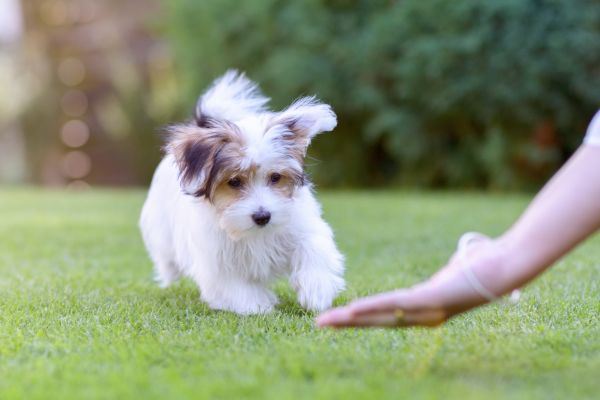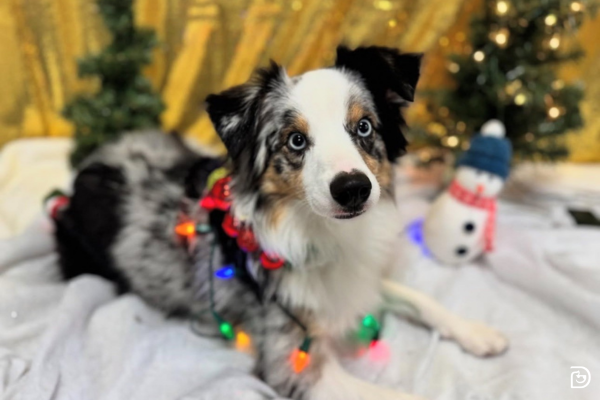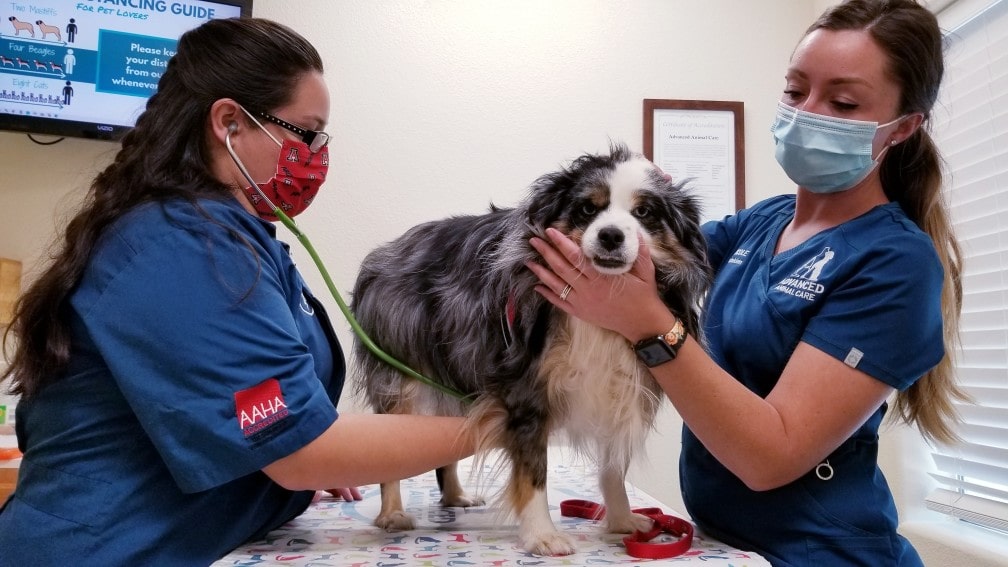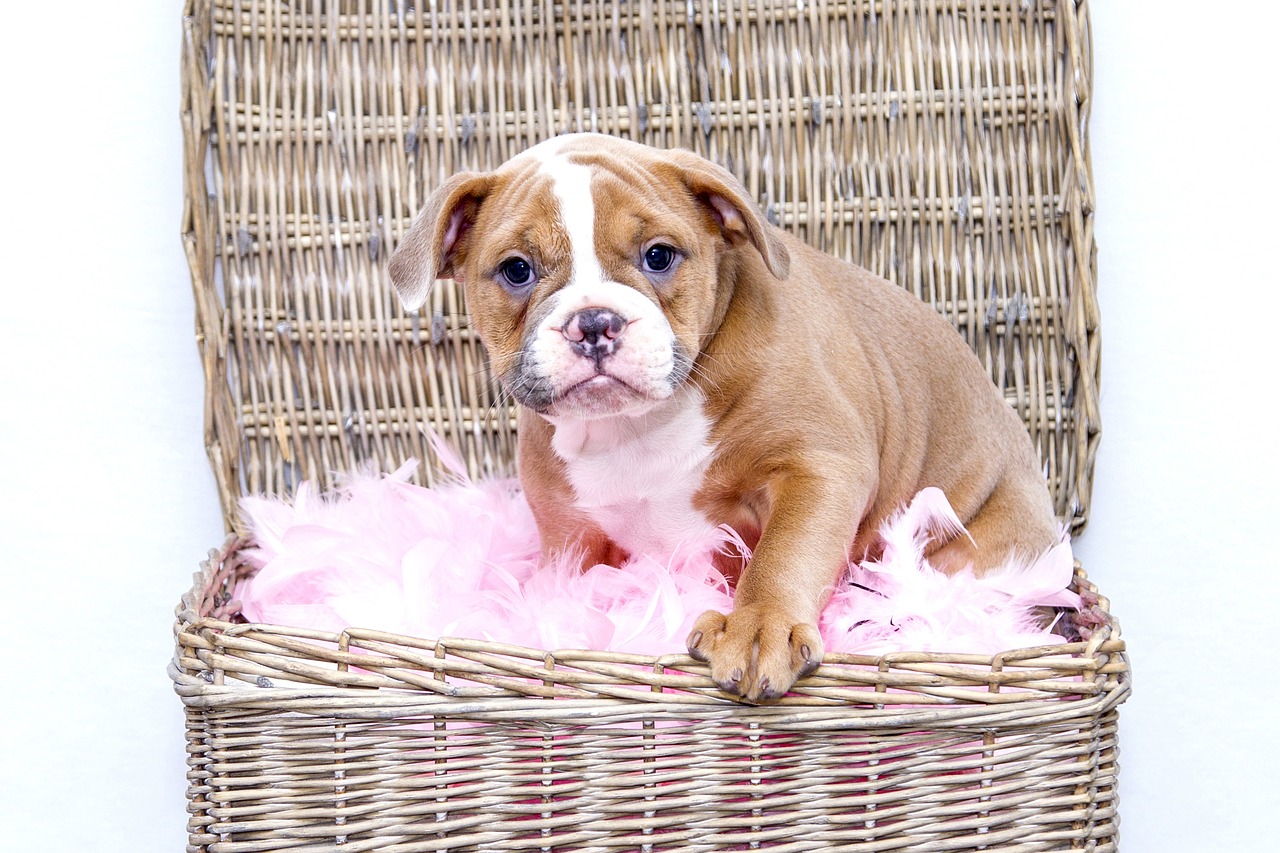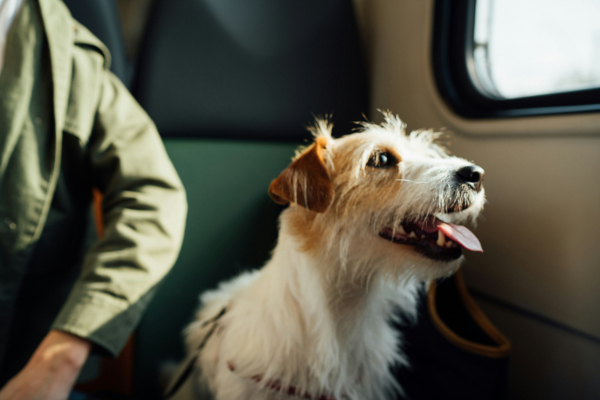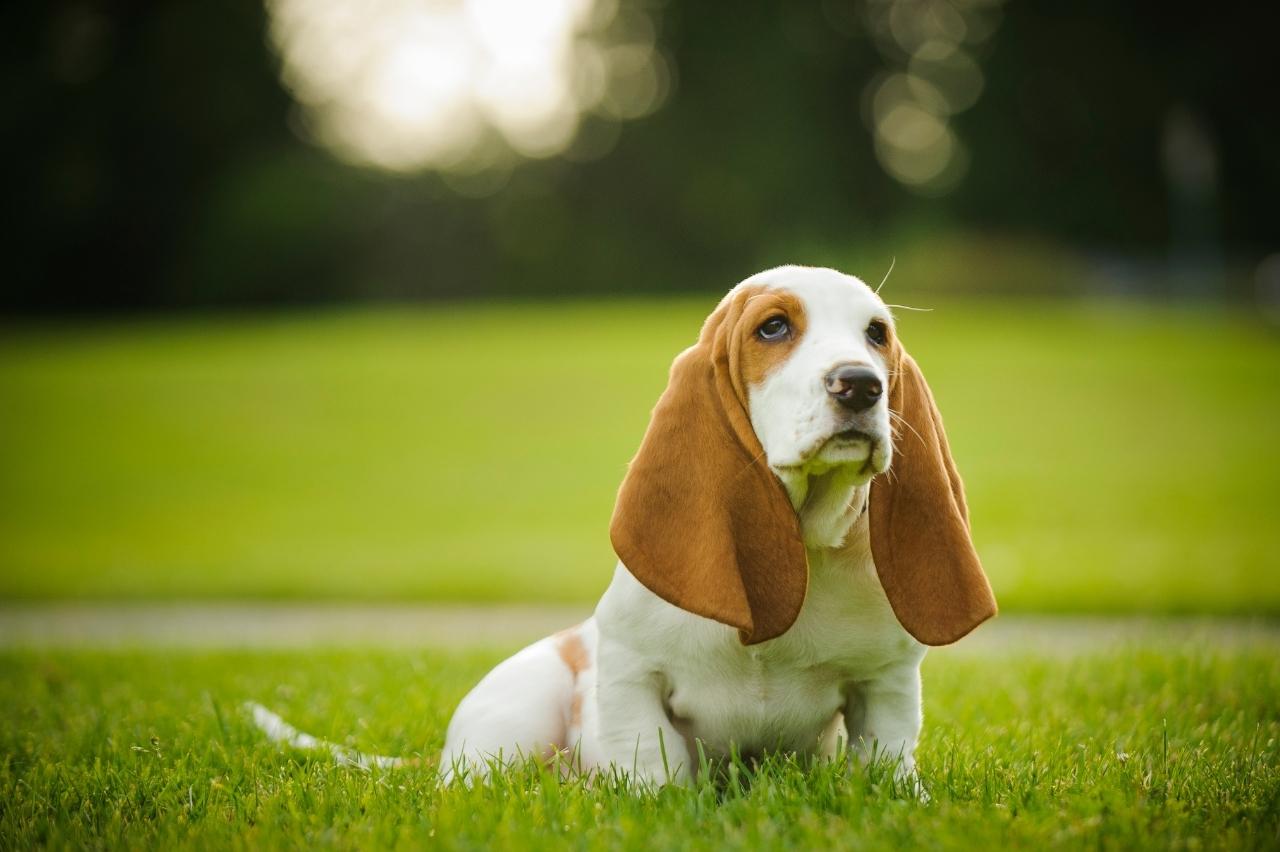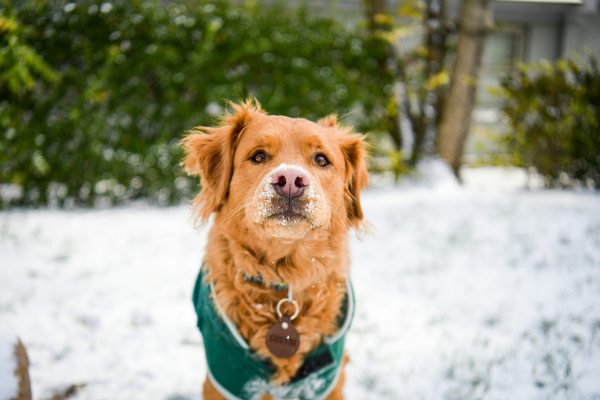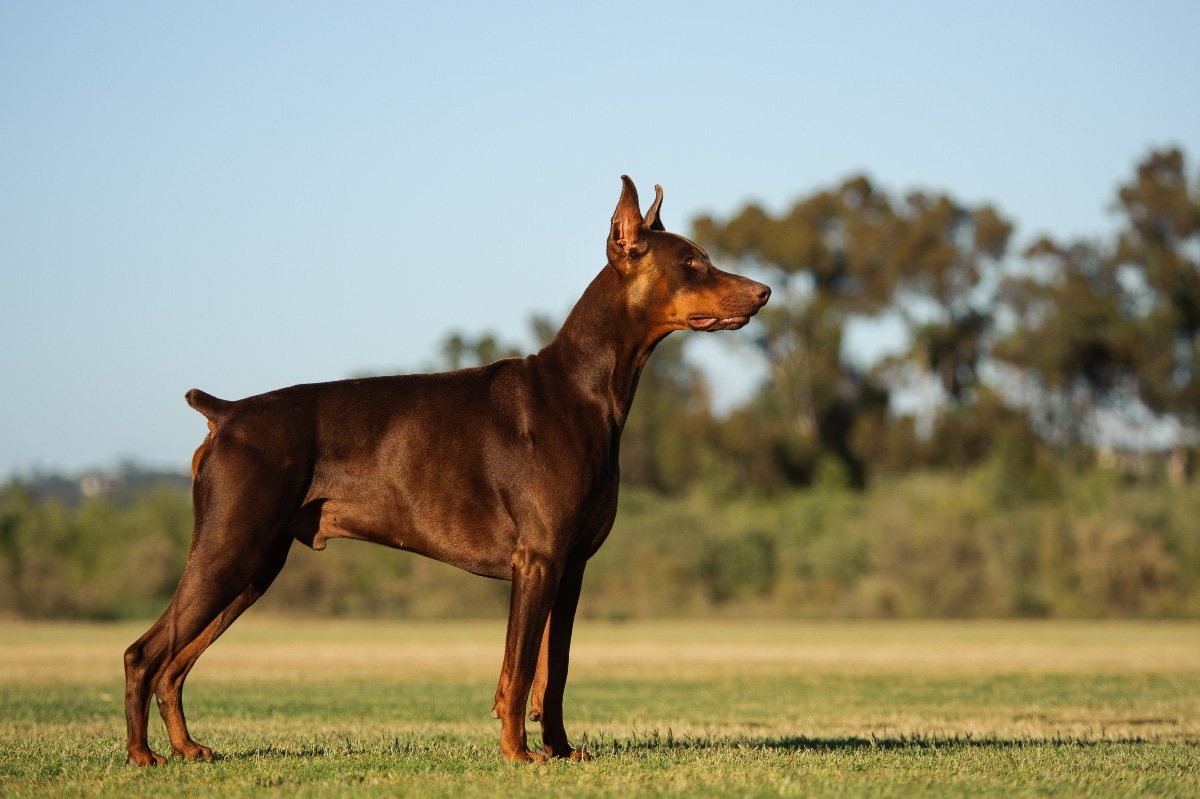Those tiny paws, button noses, and big soulful eyes seem completely disarming, right? It’s no wonder small dog breeds often get the “aww” treatment instead of the discipline they might actually need. Their cuteness can be a bit of a double-edged sword; charming, yes, but sometimes a pass out of consistent training.
But here’s the truth: every loving dog parent should know that small dogs need training just as much as the big ones, sometimes even more. Sure, they fit perfectly in your lap and look harmless as they waddle around the house, but without the right guidance, even the littlest pups can develop some not-so-little behavior issues. With no leash to their behavior, they can develop pushiness, excessive barking, snapping, or simply ignoring commands. And in a world built for more enormous creatures, that can be risky and stressful for your pup.
Training your small dog isn’t about control — it’s about giving them confidence, safety, and the skills to thrive in your world. It builds trust, strengthens your bond, and makes daily life smoother and more enjoyable (for both of you).
This guide will use practical, gentle, and effective training tips for small breeds. From learning to speak their language (yes, that means getting down to their level) to mastering potty routines and reinforcing good manners with love and consistency, we’ve got you covered.
Understanding Small Dog Breeds: What Makes These Little Pups Tick
Before diving into training tips and tricks, it’s essential to take a beat and realize what makes small dogs… well, small dogs. While they may be tiny, their personalities are often larger than life — and knowing what drives them is key to building a training plan that works (and feels good for both of you).
First, Let’s Talk Traits
Not all small dogs are alike, but a few shared characteristics can help explain their quirks — and how best to support them.
Delicate and Sensitive: Handle with Heart
- Think of your little dog like fine china crockery with a fiery spirit. They might stand like they own the world with their beautiful and elegant persona, but many small breeds are physically very delicate. Hence, their training should always be gentle, never forceful
- They’re also emotionally sensitive. Loud noises, sudden movements, or a harsh tone can overwhelm them. Positive reinforcement with treats, praises, and gentle encouragement is essential. For these pups, kindness builds trust faster than any command ever could.
Paw-rent POV: You might see your Chihuahua not responding to a ‘no’ or ‘come,’ but a soft ‘good girl’ and a bit of boiled chicken will definitely improve its recall and responsiveness. 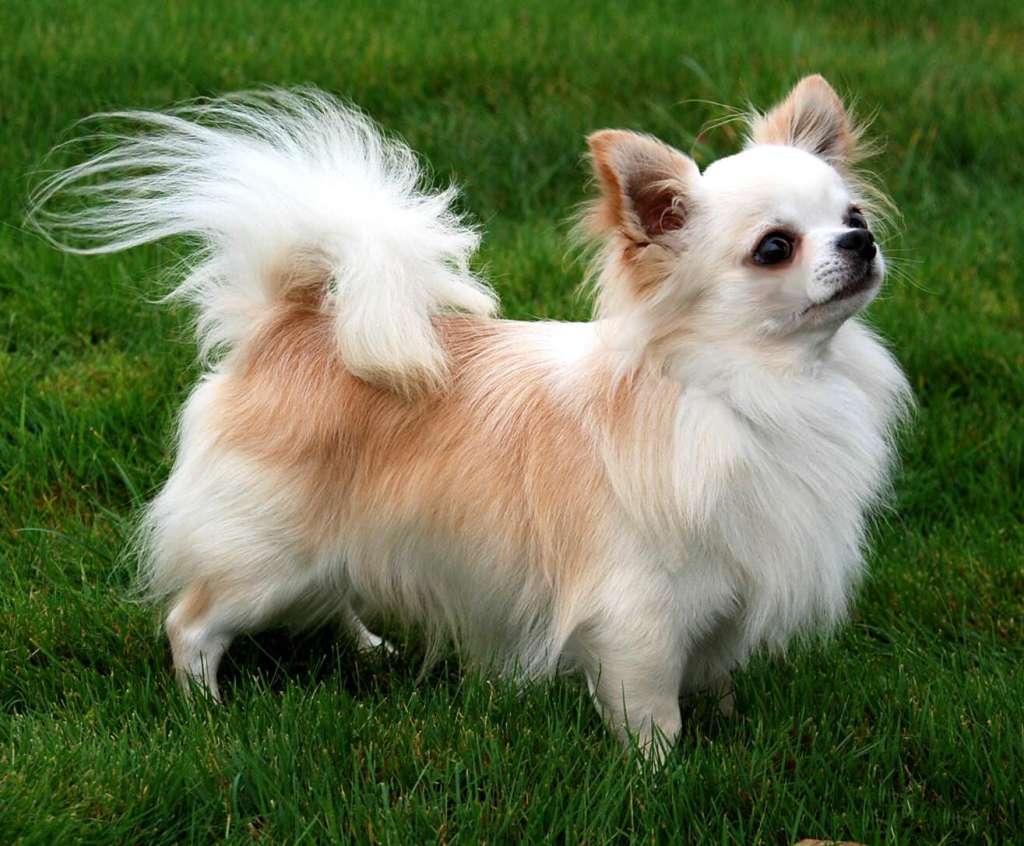
Tiny but Mighty (and Maybe a Little Intimidated)
- Now imagine living in a world where everything is ten times your size — that’s your dog’s everyday experience. While their confidence might be sky-high, their perspective is below knee level. Literally.
- That’s why getting to their level — sitting on the floor, kneeling, or training on a low couch — can make a big difference. It helps them feel safe, seen, and ready to engage instead of shrinking back or acting out.
Zoomies or Snoozies? Depends on the Breed
- Understanding your dog’s energy level helps you create the right mix of mental stimulation and physical activity. That balance? It’s training gold. A tired pup is a happy, well-behaved pup.
Quick Tip: High-energy breeds thrive with short, frequent training sessions. Low-key loungers prefer calmer, slower-paced lessons.
Breed-Specific Quirks: Old Jobs, New Tricks
- Many small dogs were bred for specific purposes, and those instincts haven’t gone away; they’ve just moved indoors.
- Terriers like Miniature Schnauzers were born to chase and dig. That might show up today as stubbornness, independence, or the sudden urge to excavate your potted plants. On the other hand, companion breeds like Shih Tzus or Löwchens were bred to dote on their humans — which means they respond wonderfully to attention and affection-based training.
- Tailoring your approach to your dog’s breed background isn’t just smart — it’s respectful. You’re speaking their language, not forcing them into yours.
Quick Burn, Tiny Tank
- One thing many new small dog owners don’t expect? How often do these little guys need to pee? Thanks to faster metabolisms and smaller bladders, they may need more frequent potty breaks, especially during puppyhood.
- They might also need to eat smaller, more frequent meals to keep their energy steady. And if accidents happen? It’s not attitude — it’s anatomy.
Paw-rent Reminder: More breaks = fewer messes. Potty routines are everything in the early days.
Common Behavior Patterns in Small Breeds (a.k.a. What to Watch For)
Now that we know what makes small dogs tick, let’s look at some behavioral habits that tend to pop up — and how you can gently guide them in a better direction.
The Stubborn Streak:
- Some little dogs (looking at you, Chihuahuas and Dachshunds) have much “I’ll do it my way” energy. But with patience, consistency, and a sprinkle of creativity, you’ll win them over. Treats help. So does celebrating small wins like they just aced the dog Olympics.
So Much Bark, So Little Pup:
- How many small dogs seem to have a lot to say? Barking can be a response to excitement, anxiety, boredom, or their way of being heard in a big world. Teaching a reliable “quiet” command and giving them appropriate outlets can work wonders.
Small Dog Syndrome (Yes, it’s a Thing):
- This isn’t a diagnosis — it’s a pattern. When small dogs aren’t given boundaries (because we’re too charmed to say “no”), they may develop pushy, anxious, or even aggressive behaviors. The fix? Treat them like a dog, not a stuffed toy. That means consistent rules, fair expectations, and lots of love.
Guarding and Insecurity:
- Some small dogs feel more vulnerable, mainly when carried or passed around. This can lead to territorial or snappy behavior. Boosting their confidence through training, socialization, and predictable routines helps them feel safer and more secure.
Don’t Pick Me Up Like That!” Sensitivity:
- Small dogs often dislike surprise lifts or awkward handling. Teaching a “pick-up cue” (like a gentle touch or verbal signal) can help reduce stress and avoid accidental bites or wiggles mid-air.
Training a small dog is like learning a beautiful little language together. And when you get it right, the results are pure joy — not just a well-behaved pup, but a bond built on trust, respect, and a lot of love.
Common Training Challenges with Small Dogs

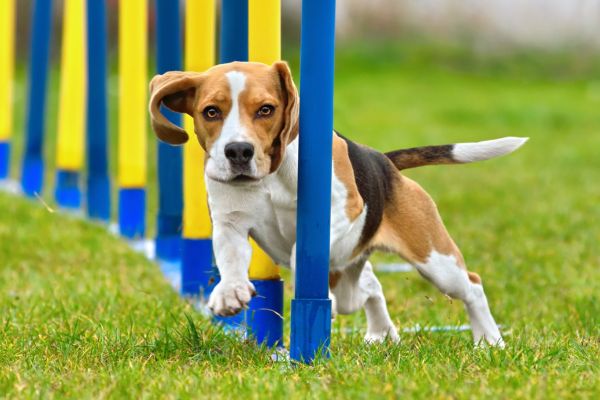
While we know these big personalities are bringing home quite a few challenges. Let’s break down the usual hurdles.
1. Housebreaking Headaches
Small dogs often take longer to potty train. Not because they’re dim-witted — it’s mostly biology and us humans slacking a bit.
- Tiny Bladders, Fast Metabolism: Your pup isn’t being stubborn — they just physically can’t hold it that long. Most need breaks every 2–4 hours, especially early on.
- Subtle Signals: A Chihuahua giving you “the look” might go unnoticed. Watch their cues closely — pacing, sniffing, or yes, even ankle-staring.
- Owner Complacency: Let’s be honest — it’s easier to overlook a small puddle than a Labrador-sized accident. But inconsistency slows progress.
- Crate Confusion: Oversized crates are a no-go. Your dog needs enough space to stand, turn, and sleep — not throw a party.
- Paper Training Pitfalls: Too much reliance on pads can blur the lines between indoor and outdoor rules.
- Puppy Mill Baggage: Dogs raised in poor conditions may have lost their natural cleanliness instincts. These cases need extra patience and structure.
Frequent breaks, tight routines, praise for outdoor success, and zero punishment for mistakes. This is biology, not bad behavior.
2. Barking Overload
Some small breeds treat barking like a full-time job. Here’s why:
- Tiny Alarms: Jack Russells, Scotties, and even Shih Tzus were born to alert. Every sound, shadow, or squirrel is fair game.
- Territorial + Fearful: That pint-sized bark is often a defense mechanism. Size doesn’t stop them from trying to protect their turf — or your lap.
- Small Dog Syndrome: You reinforce the noise if you’re scooping them up every time they yap.
- No Boundaries: Without structure, barking becomes the default reaction.
Solution? Teach a “quiet” cue. Reward silence. Give them something else to do. And resist the urge to treat barking with cuddles.
3. Separation Anxiety
Small dogs often get attached — a little too attached. That’s cute… until the howling, pacing, and accidents start.
- Dependence: Being carried 24/7 or pampered constantly can backfire.
- Lack of Independence Training: Gradual solo time, not cold-turkey exits, helps them cope.
- No Structure: Dogs thrive on routines. Predictability reduces anxiety.
Create a safe zone, teach them to be okay alone, and balance affection with boundaries.
4. Overprotectiveness
When your 6-pound dog thinks they’re your bodyguard — it’s not charming, it’s a problem.
- Territorial Triggers: Constant carrying or coddling tells them they run the show.
- Insecurity in Disguise: Many protective behaviors are fear-based.
- Poor Socialization: Strangers become threats if your dog misses their social window.
Train with structure, socialize often, and reward calm confidence, not clinginess.
Effective Training Strategies for Small Dogs

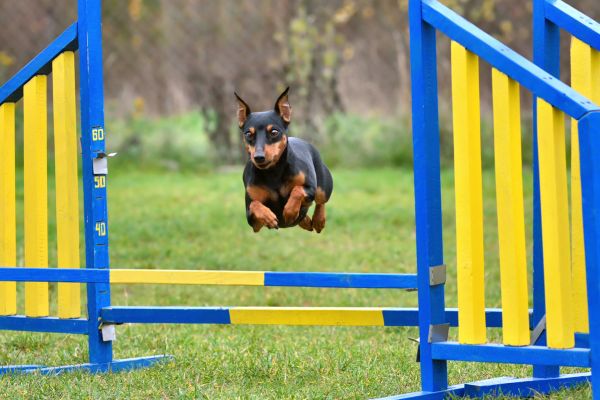
Training small dogs isn’t about being strict but clever, consistent, and engaging. These little powerhouses might be pint-sized, but they learn fast and respond well with the right approach. Here’s how to do it right:
Be Consistent (Seriously)
Small dogs pick up on patterns quickly, so use that to your advantage. Stick to the same commands and rules every time. “Sit” means sit, not “down,” “stay,” or whatever you feel like that day. If the couch is off-limits, it should always be off-limits. Consistency in behavior, commands, and routines (even feeding times) gives your dog structure and builds trust. Inconsistency? That gives them room to test you.
Reward the Good Stuff
Positive reinforcement works like a charm. Whether it’s a treat, a cheerful “good dog!”, or a favorite toy, reward good behavior every time. Use tiny treats to avoid overfeeding and gradually shift toward praise and affection. Make rewards meaningful. If your dog comes to you while other dogs are around? That’s special — bring out the VIP treats.
Social Skills Matter
Small dogs need socialization just like big ones. Early exposure to different people, dogs, and environments helps prevent fear, reactivity, and anxiety. But go slow — pair new experiences with treats and ensure safe interactions. Let your dog observe before engaging. The goal isn’t to meet every dog — it’s to stay calm and focused when others are around.
Keep It Short, Make It Fun
Small dogs have short attention spans. Train in short bursts — 5 to 10 minutes max — and keep it light. Focus on one skill at a time and end up winning. Kneel, speak gently, and make it a game. Puzzle toys, basic tricks, or scent work can keep them mentally engaged and physically safe. Train smart, keep it fun, and watch your small dog thrive.
Top Tools & Resources for Training Small Dogs (and When to Call in the Pros)
Training a small dog? Keep it smart, simple, and snack-fueled. Your best allies are high-value treats, clickers, lightweight leashes, harnesses, target sticks, puzzle toys, and potty bells. A treat pouch? Non-negotiable.
Need mental stimulation? Interactive toys and potty pads (for puppies or apartment life) keep things clean and calm.
Want trusted advice? Start with Pupford Academy, AKC, Whole Dog Journal, and PetMD. But if your pup’s barking like it pays the rent, showing fear-based aggression, or just outsmarting you, bring in the experts. Certified trainers offer personalized plans, group classes, and behavioral help when DIY doesn’t cut it.
Train with love, tools, and treats—but know when to tag in a pro.
Conclusion
Training a small-breed dog isn’t just about commands—it’s about connection. From choosing soft, high value treats to using lightweight gear that suits their frame, the little details matter. Small dogs thrive on positive reinforcement, repetition, and routines that match their energy and temperament. Don’t tower over them—get down to their level. Don’t rush—stay consistent. And always balance physical cues with mental stimulation. Whether through short sessions, interactive toys, or play-based learning, training is your opportunity to bond, communicate, and build trust.
And remember, a small dog has a big personality. They may be pint-sized, but their need for structure, socialization, and boundaries is as real as any large breed’s.
Call to Action
Got a training hack that worked wonders? A “nailed-it” moment or an epic fail that turned into a lesson? We want to hear it. Drop your stories in the comments and help other pet parents learn from your journey.
For more expert-backed advice, curated tools, and small-dog savvy, follow Dog Express on socials and subscribe to our newsletter. We’re here to make your pup-parenting journey brighter, smoother, and more fun.
This video provides helpful tips and insights for dog owners and puppy lovers. It offers simple and practical advice for training, daily care, and understanding your pet’s needs. If you enjoy this video, feel free to explore more content on our website.



